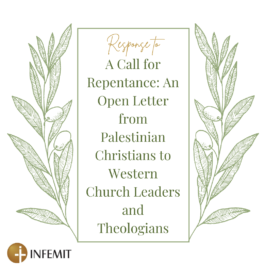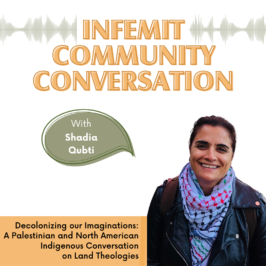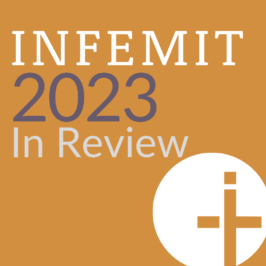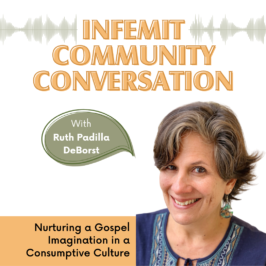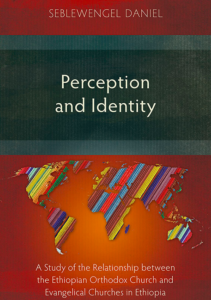 A Study of the Relationship between the Ethiopian Orthodox Church and Evangelical Churches in Ethiopia
A Study of the Relationship between the Ethiopian Orthodox Church and Evangelical Churches in Ethiopia
by Seblewengel Daniel
INFEMIT is excited to announce and celebrate the release of this publication, written by Networking Team member, Seblewengel Daniel. In this detailed study, Dr. Seblewengel Daniel explores the perception and identity of the Ethiopian Orthodox Church and the evangelical church in Ethiopia and examines the relations between the two. Click here for the book description, details, and purchasing.
English Abstract:
The Church Missionary Society came to Ethiopia in 1830 with strong desire to revitalize the church of Ethiopia as a sister national church. The missionaries disseminated large quantities of Bibles, in the conviction that the Ethiopians would be able to renew their own church through the reading of the Bible in the vernacular. However, the tactless approach of later missionaries resulted in the expulsion of the CMS in 1843. The CMS legacy was that of a growing interest in Bible reading, but it stirred up a fear of jeopardizing the ancient tradition to such an extent that the Bible readers were expelled from the church. The nineteenth- and twentieth-century mission organizations departed from the vision of the Church Missionary Society for a number of reasons. Their work among the peripheral groups, however, brought forth believers whose Christian consciousness significantly differed from that of the Orthodox adherents and the Orthodox Church rejected them as unauthentic. The relationship between Orthodox and Evangelicals further deteriorated with the rise of the Pentecostal movement, which spread in the urban centres, drawing in members of the Orthodox Church, as well as new believers. Despite the contrasting styles of Evangelical religion and theology, there was continuity in the Orthodox response to the Evangelical presence in the country because the Orthodox Church considered itself as the church in Ethiopia. The status of Mary as the shibboleth of Ethiopian orthodoxy and the Evangelicals’ vehement rejection of it made peaceful dialogue between the Orthodox and Evangelicals difficult. Evangelicals were perceived as Enemies of Mary, while they perceived the extensive devotion of the Orthodox to Mary as idolatry. Archival sources, interviews, unpublished literature and popular media indicate that the cardinal battleground between Orthodox and Evangelicals remained the status of Mary and the Bible; Mary being the strong identity marker for the Orthodox, and the Bible for Evangelicals. Reform impulses have been evident in the Orthodox Church, but many reformers and Evangelicals seem to view the centrality of the Bible as an identification with the Protestant tradition. However, the threat of fanatic Islamists, the rise of Orthodox groups which are committed to Bible reading with adequate respect for the saints, the Evangelicals’ growing regret over sheep-stealing, and the effort of the Bible Society to bring the two bodies together seem to be bringing steady improvement in the relationship. In addition, theological schools and the Christian media could further mutual understanding and trust by providing a platform for dealing with the past hurt and dialogue on matters of difference and common Christian identity. Both Orthodox and Evangelical Christians uphold the ultimate significance of Christ and use the Bible, and so belonging to the one faith, both groups need to refrain from perceiving each other as rivals and attempting to impose their tradition on one another in the name of promoting an authentic Christian identity.

